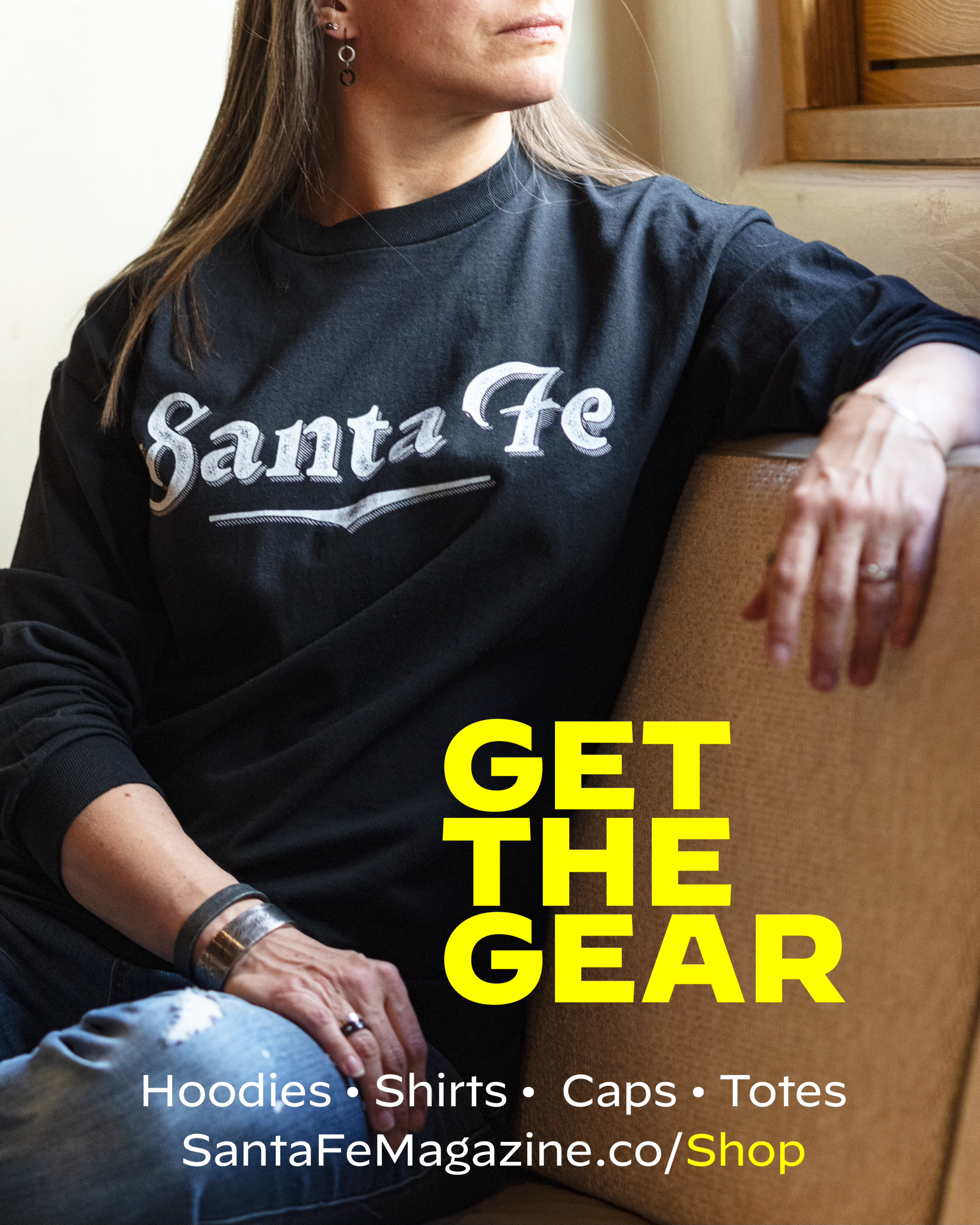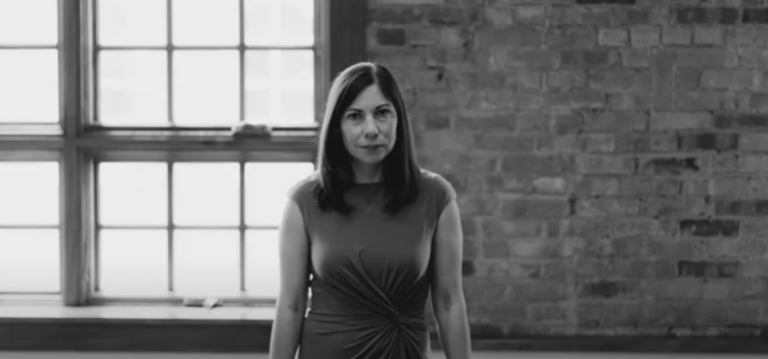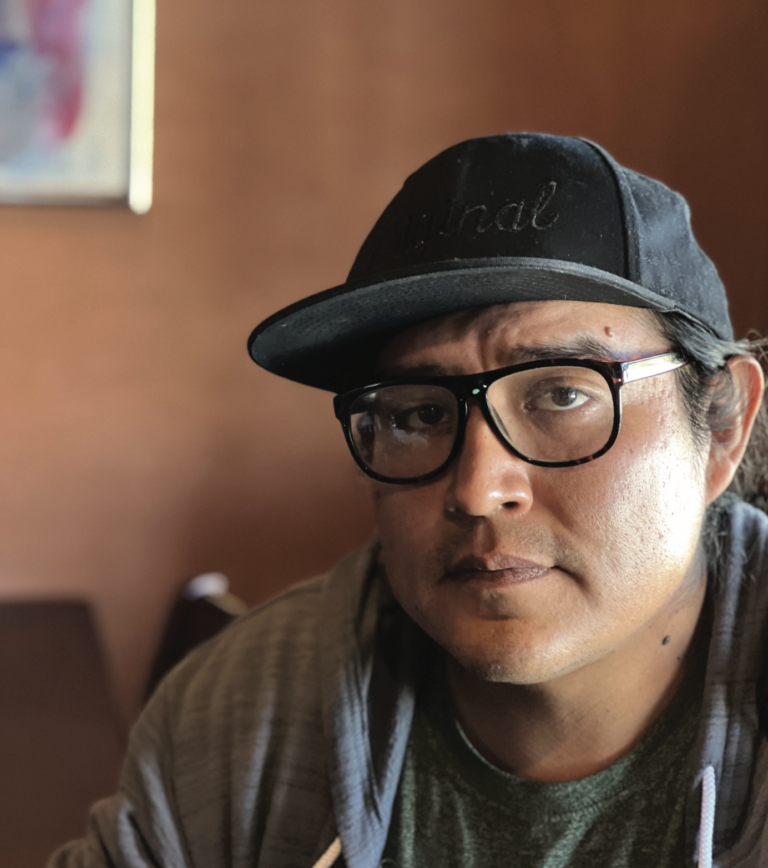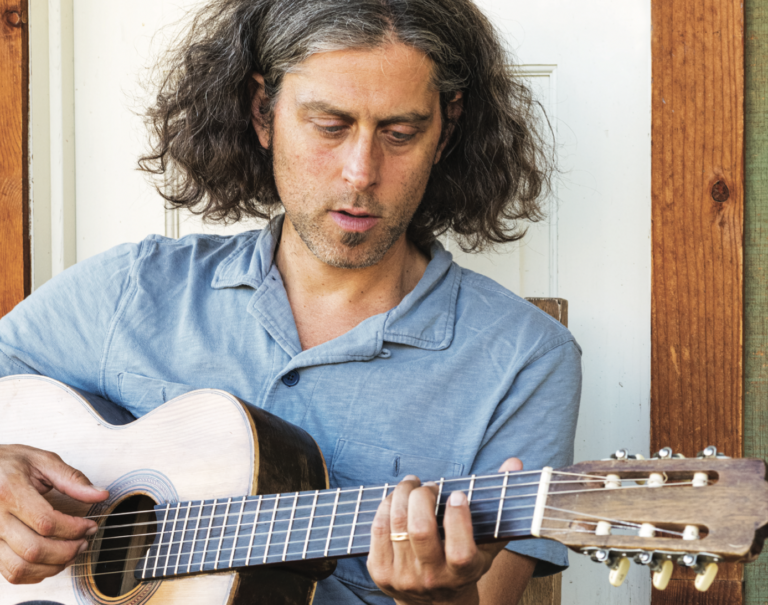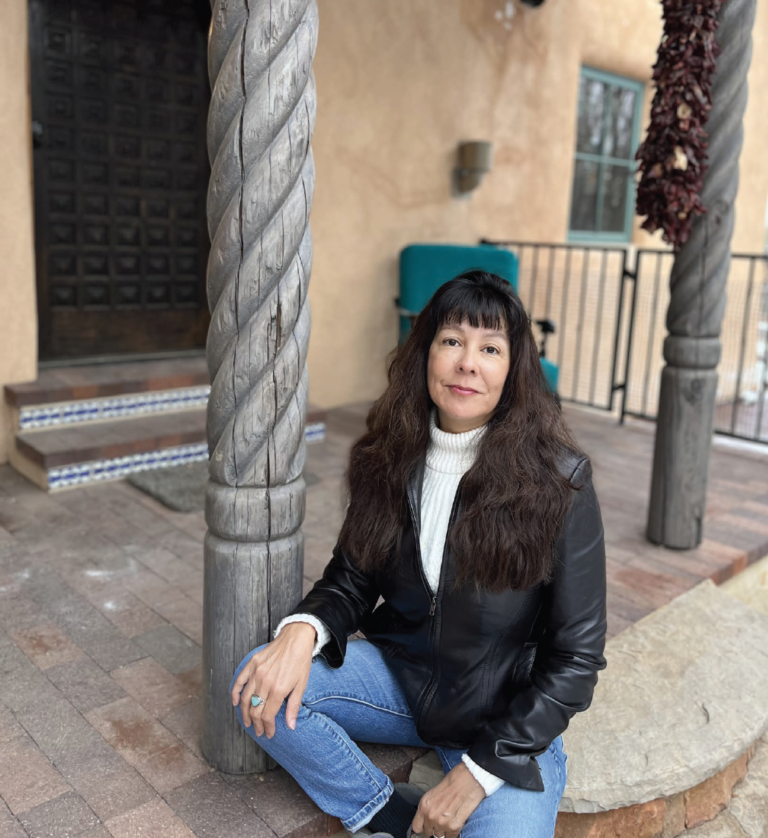DYLAN. SPRINGSTEEN. DEBBIE HARRY. Muddy Waters. Willie Nelson. Isaac Stern. Yo-Yo Ma. David Michael Kennedy’s New York photo studio created iconic album covers for all of them. And he became as famous for being a master of platinum and palladium printing as he was for his portraits.
There was only one problem: he wanted to do something else. “Those portraits allowed me to do what I really wanted to do – take the pictures I wanted to take,” he explains.
So David left New York and moved to New Mexico: first to Cerillos, then to El Rito, where we met in his historic adobe compound and talked about those pictures he wanted to take.
Your portraits are unusual…
Once you learn the technical aspects of the craft, it frees you up to be who you are. One of the first rules of portraits is: Don’t ever center the subject. All my subjects are centered. The rule of thirds, the Golden Triangle, all that stuff – no. If it feels good, if it speaks to you, that’s a good composition. What are you trying to say when you look through the viewfinder? That’s it.
The other important thing is the relationship with the subject. When I shot Springsteen for Nebraska, he came into the studio and had a sort of wall around him. I don’t think any of us can understand what it’s like to be someone like Springsteen. He’s the boss. People like this idea of you, but they don’t know you. It’s not easy to be famous. So he was very guarded. We started hanging out and talking, and I was honest with him and said, I’ve never been much of a fan of your music, but this Nebraska album is amazing. It really touched my heart. And the minute I said that, I felt the wall go down. Shooting portraits is really about figuring out how to make a connection and getting them to let you in.
These were the days when album covers were important. Pieces of art. But by the time we started shooting for CDs, well, it was time to move on. After 18 years. I never really wanted to be a commercial photographer anyway.
So you left all of that and came to New Mexico? Not the most obvious choice.
Sure it is. If you know New Mexico.
When I decided to leave, my first wife and I took the van and went on a two-month road trip to see America and pick a place to live.
We went all over, but when we crossed the New Mexico border, we both just felt the energy that’s here. I do really believe that New Mexico has a spiritual energy, and it touches us. And now I was in a place where I could shoot what I wanted; I could focus more on landscape.
Of course, I still love portraits. My shots of tribal dancers in New Mexico and South Dakota were all about my relationship with them. I met with the pueblo council, then each of the eight governors, each individual pueblo, and each dancer to really understand what they were doing, what the spiritual significance of it was. So I got to deeply understand what the dances were about. I pledged a portion of sales to the tribes and worked through the process for about six years. It was a huge honor. But I’ve always been very in touch with Native American culture, so it came naturally.
These shoots were all intense. With the Lakota in South Dakota, I saw the most intense: the Ghost Dance. In the late 1800s, a Lakota Medicine Man had a vision of a dance that would bring back the buffalo, that would bring back their ancestors, and would bring peace with the white people. But it changed from peace with the white man to protection from the white man. And the Lakota started performing the Ghost Dancing, believing they had a chance, and they started fighting off the white man. So the government made the Ghost Dance a capital offense. If you were caught doing it, you would be killed. It went underground.
When I was shooting these various dances, I asked about the Ghost Dance. Everybody I talked to said, We don’t do that. But after a few years, an elder invited me to the plains to shoot the dance.
As soon as we got out on the plains, the minute I start to shoot, these gale force winds start to blow. And I have to say, in my mind there was always a little trepidation about doing this. I’m a white guy, am I just using them? Is this appropriation? But all of elders said they thought what I was doing was an important thing and that I was doing it the right way. But this incredible wind wasn’t helping. It was like I shouldn’t be doing it. I probably shot 50 rolls of film, and it was a disaster.
But just as the sun set, when you could still see a sliver of it on the horizon, the wind stopped dead. Just completely stopped. And the dancer raised her arms up, I shot four frames, and then it was dark. I’ll tell you, the hairs on the back of my neck were up.
I asked her, What was that? What just happened here? She told me that her great-great-grandfather was a Ghost Dancer at the Wounded Knee Massacre. And that tonight, when the sun set, his spirit came down and was dancing with me. I thought, I think this means that it’s okay for me to be here. And that was the last dance I ever photographed.
And El Rito?
Serendipitous. My girlfriend at the time, Heather, was a phenomenal weaver. She wanted to take classes at the weaving college in El Rito. And I found this old house. I added a studio about five years ago. I like being out here. Just enough people find me, so I can make a living. I love the privacy. It’s beautiful, and it’s home.
What are you shooting now?
I’m thinking about my printing. I’m known for my platinum and palladium prints. The process takes a long time and is very expensive. If I coat 10 pieces of paper, expose them, and develop them, each print is going to be different. Each is unique. The prints are handmade, totally individual.
But I’m going to learn photogravure printing. With platinum, you use a lot of water and a lot of chemicals. With photogravure, it’s just ink and paper. I like that.
Learn more at davidmichaelkennedy.com
Photo David Michael Kennedy

